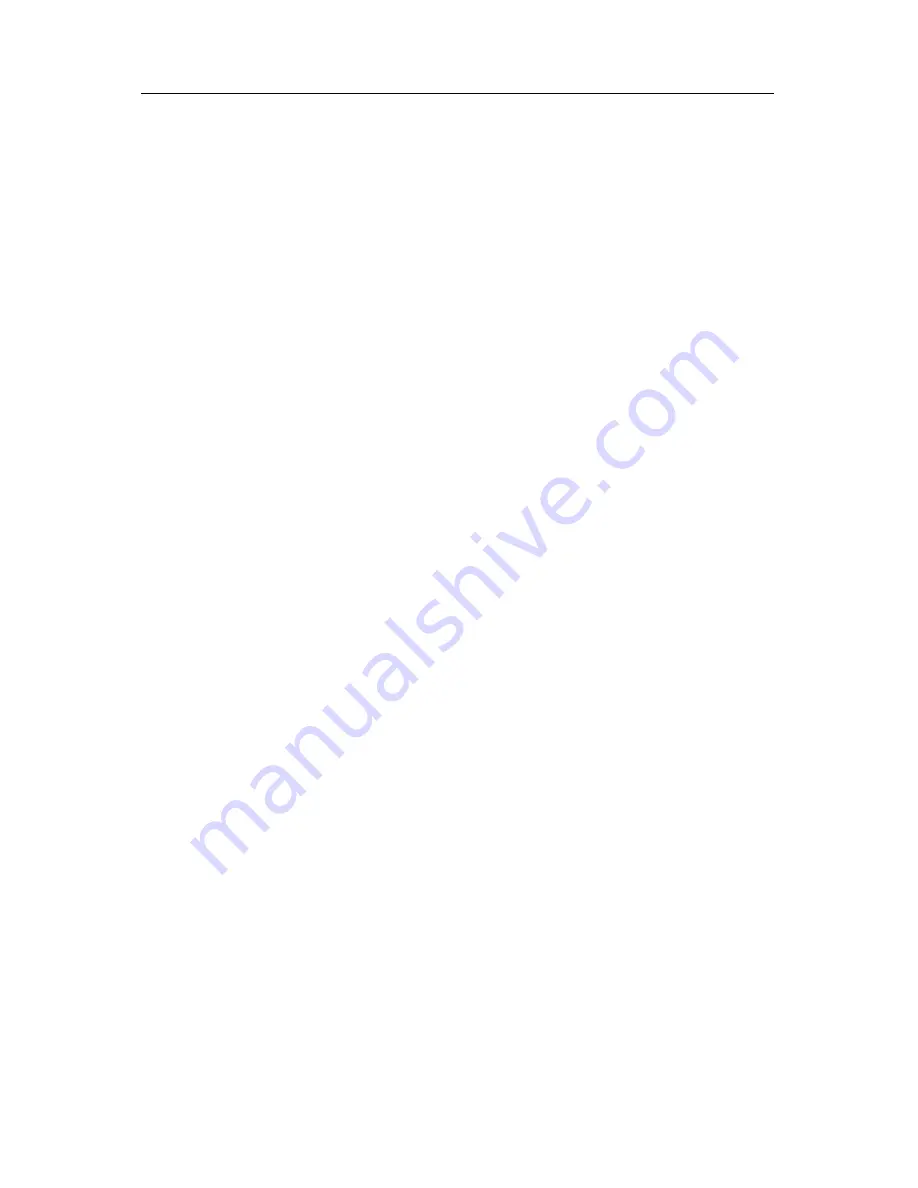
Sawgrass Technologies, Inc.
SubliJet IQ
®
Getting Started Guide for the EPSON Stylus D88
34
Saturated
- The Saturated setting will make the colors in your image
more intense. Saturated output tries to remain color accurate with a
slight bump in intensity.
Vivid –
This setting is most suitable for images where it is important that
the colors are vivid and contrast well with each other. Artwork,
graphics, logos, and text, as well as photographs of landscapes or
still life are good candidates for the Vivid setting. This can be set for
either Bitmap or Vector images.
Intense –
This kicks the color intensity and saturation to the extreme.
This setting does not try to keep color accurate, it’s main goal is to
produce deep dark colors. Artwork, graphics, logos, and text are
good candidates for this setting. Some photographs will look good
but typically, this setting is too intense to be used with photographs.
This can be set for either Bitmap or Vector images.
ColorSure Enhancement -
The ColorSure enhancement is used to
replace specific colors in your image with a spot color chosen from
the ColorSure palette. This resulting spot color enhancement is not
affected by color setting. A ColorSure spot color will ALWAYS print
the same. See Appendix C for an overview of ColorSure.
Print Palette Button –
Prints the ColorSure palette for the selected
substrate. ColorSure is a method for reproducing exact spot colors.
The two main components are; 1) the transferred palette and 2) the
CorelDraw, Corel PhotoPaint, and Adobe swatches. For a complete
description on how to use ColorSure to get perfect spot colors, see
appendix C.
Custom Palette Button –
The Custom Palette utility enables you to add,
edit, import and export custom colors to the ColorSure palette. If you
need to precisely match a specific color, the Color Finder tool makes
this a breeze. For a complete description on how to use the Custom
Palette, refer to Appendix C.
Mirror
– When you transfer an image, the result will be “flipped” when
compared to the printed image. In order for your transfers to come
out correctly, you must flip the image before transferring. Select this
option to do the flipping for you. If you are doing this yourself in your
editing application, make sure this option is turned off.
High Speed
– If the printer supports multiple resolutions, choose the
most appropriate setting. For soft substrates, the High Speed option
works well.
High Quality
– If the printer supports multiple resolutions, choose the
most appropriate setting. For hard substrates, choose the High
Quality option.
Summary of Contents for Stylus D88
Page 1: ...Getting Started Guide For EPSON Stylus D88 SubliJet IQ Revision 2 2006 ...
Page 2: ......
Page 60: ......






























